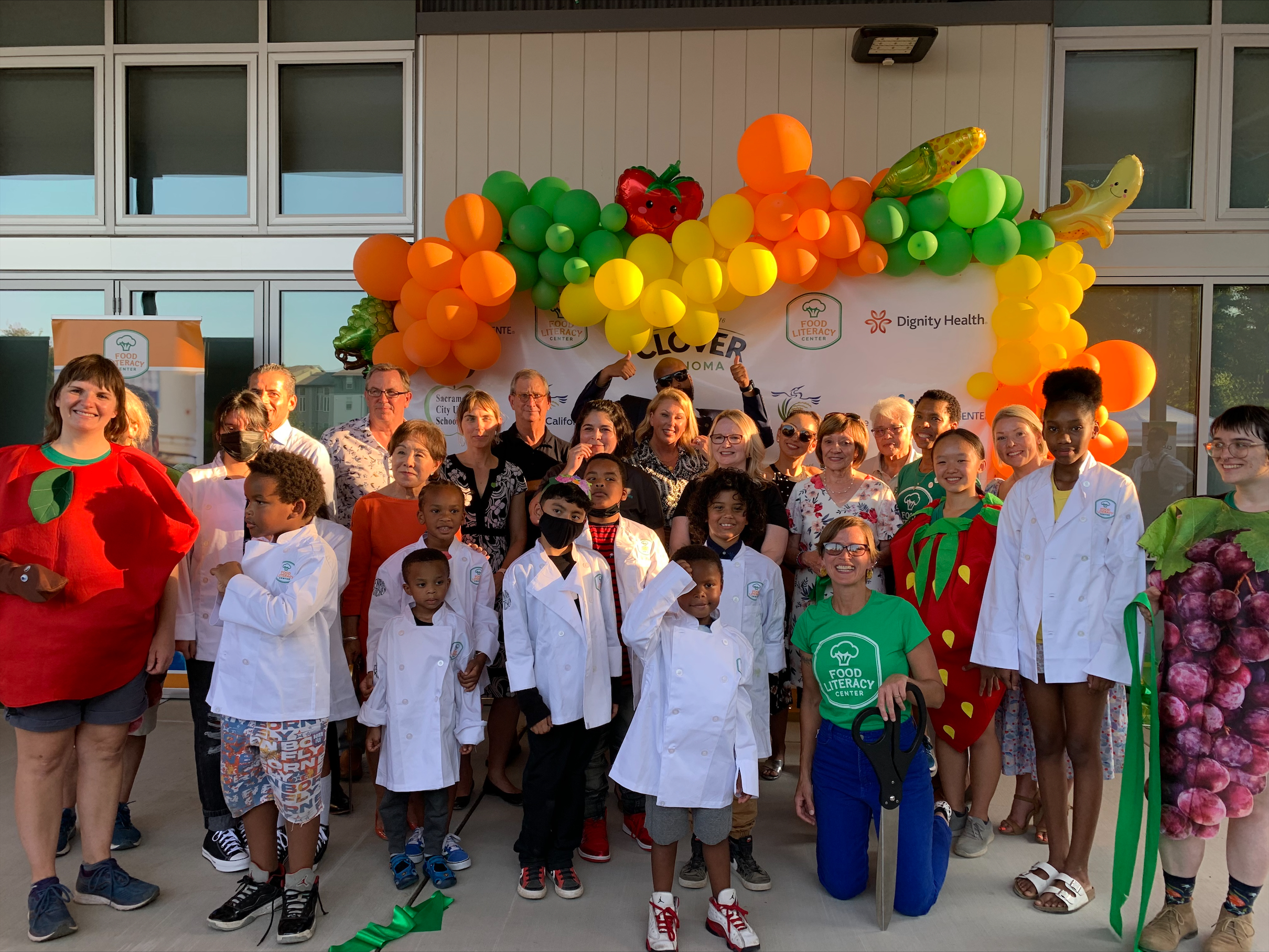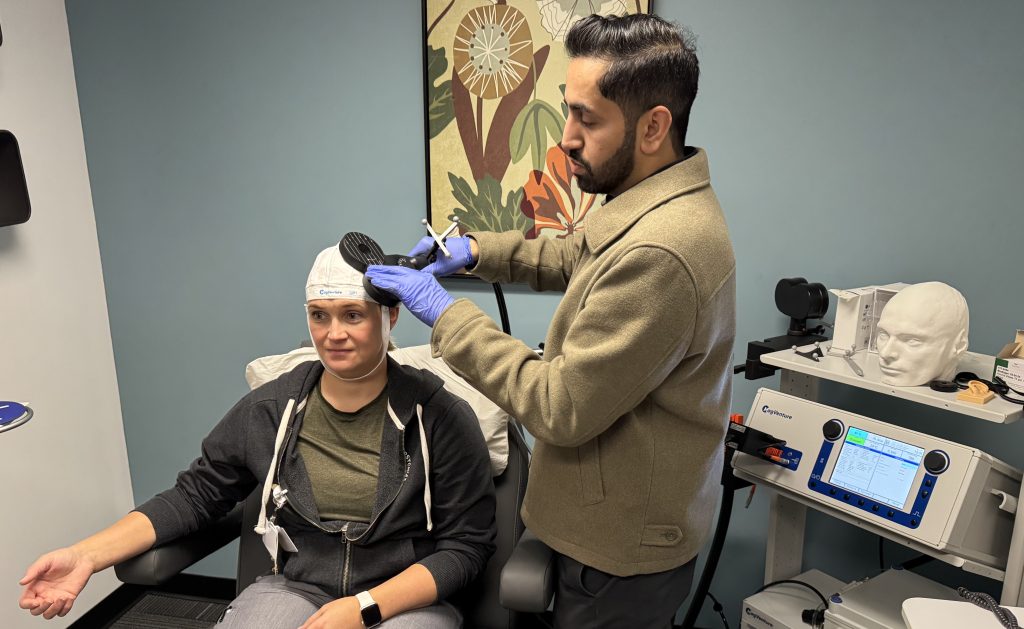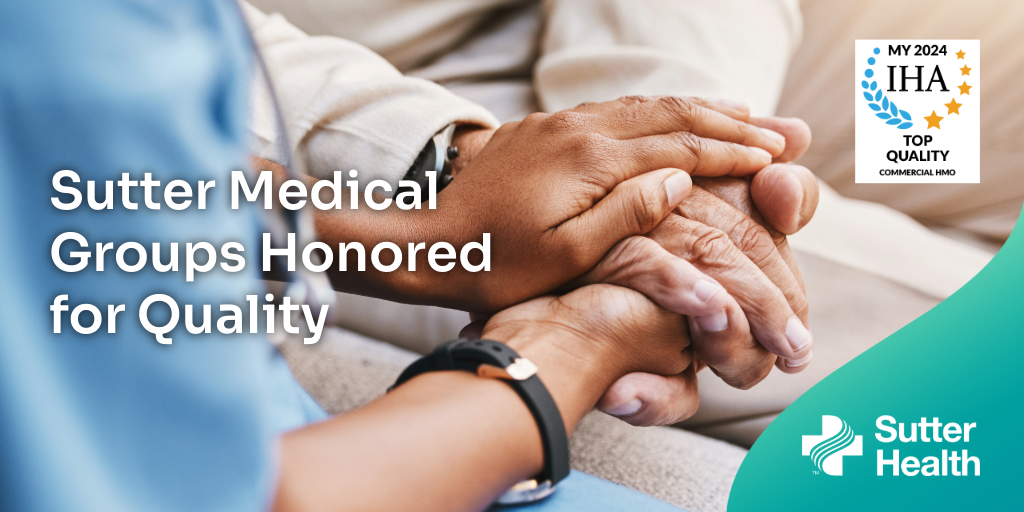California is an agricultural epicenter—long admired for the variety of fruits, vegetables and other farm-fresh products it produces. Yet, access to healthy food items isn’t always a given for those in the Golden State.
Only 25% of kids eat enough of the recommended daily servings of fruits and vegetables, according to The Food Literacy Center in Sacramento, Calif. The organization goes onto say that 40% of children in Sacramento struggle with obesity.
How does one bridge the childhood nutrition gap? Well, some advocates get creative by taking a grassroots approach. For the Food Literacy Center, it teaches children who attend low-income, area elementary schools cooking, nutrition and gardening—all through active play. The organization’s latest endeavor is to take its own spin on the “farm-to-fork” movement by building a working farm within the Center.
The new Food Literacy Center farm will serve as an outdoor, immersive education destination that will host student gardening lessons, field trips, and community food and nutrition education classes. The new farm will be on the campus of the 4,500 square-foot Food Literacy Center facility at Leataata Floyd Elementary in Sacramento. In addition to the farm, the Food Literacy Center – which is located on 2.5 acres – includes a cooking classroom, commercial kitchen, training areas and plenty of outdoor space for hands-on educational opportunities for students.
The Food Literacy Center project was funded by Sacramento City Unified School District and will serve about 330 elementary school students who are enrolled at Leataata Floyd Elementary and their families, as well as students throughout the district and community. The farm is specifically funded through a community health investment from not-for-profit Sutter Health. Sutter Health conducts Community Health Needs Assessments every three years, which provide an in-depth look into priority health needs within a region. They identify communities of concern and vulnerable populations where community benefit investments are needed most. Sacramento County’s most recent assessment identified a need for improved access to active living and healthy eating.
“The Food Literacy Center is creating new pathways to address health equity and provide access to healthy foods for students and families in our community,” said Keri Thomas, vice president of external affairs for Sutter Health in the Valley Area. “We are excited to be part of this new community space and look forward to being part of many more efforts that help address the whole child and support our students’ success in and out of the classroom — laying the groundwork for a healthy future.”





